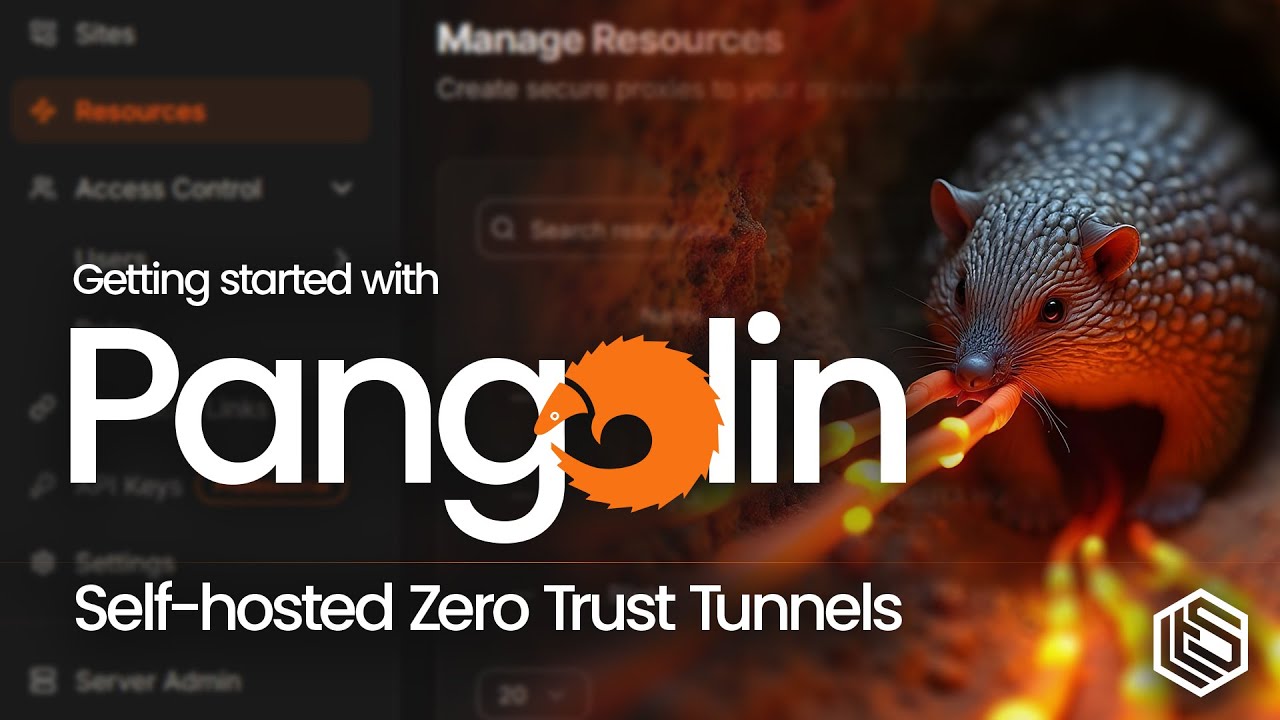Additional Resources:
Pangolin is a self-hosted tunneled reverse proxy server with identity and access control, designed to securely expose private resources on distributed networks.
In this video, Matt demonstrates the installation of a Pangolin server on a Digital Ocean VM, and the configuration a tunnel hosted on a local Raspberry Pi enabling access to resources hosted on his home network.
–
Fossorial:
Pangolin’s Github repo:
Pangolin’s docs:
–
Connect With Us
- Hire Us for a project: Hire Us – Lawrence Systems
- Toms’ Twitter
 https://twitter.com/TomLawrenceTech
https://twitter.com/TomLawrenceTech - Our Website https://www.lawrencesystems.com/
- Our Forums https://forums.lawrencesystems.com/
- Instagram https://www.instagram.com/lawrencesystems/
- Facebook Lawrence Systems | Wyandotte MI
- GitHub lawrencesystems (Lawrence Systems) · GitHub
- Discord Lawrence Systems
Lawrence Systems Shirts and Swag
AFFILIATES & REFERRAL LINKS
Amazon Affiliate Store
![]() Lawrence Systems's Amazon Page
Lawrence Systems's Amazon Page
UniFi Affiliate Link
![]() Ubiquiti Store
Ubiquiti Store
All Of Our Affiliates help us out and can get you discounts!
![]() Partners We Love – Lawrence Systems
Partners We Love – Lawrence Systems
Gear we use on Kit
![]() Kit
Kit
Use OfferCode LTSERVICES to get 10% off your order at
![]() Tech Supply Direct - Premium Refurbished Servers & Workstations at Unbeatable Prices
Tech Supply Direct - Premium Refurbished Servers & Workstations at Unbeatable Prices
Digital Ocean Offer Code
![]() DigitalOcean | Cloud Infrastructure for Developers
DigitalOcean | Cloud Infrastructure for Developers
HostiFi UniFi Cloud Hosting Service
![]() HostiFi - Launch UniFi and UISP in the Cloud
HostiFi - Launch UniFi and UISP in the Cloud
Protect your privacy with a VPN from Private Internet Access
![]() https://www.privateinternetaccess.com/pages/buy-vpn/LRNSYS
https://www.privateinternetaccess.com/pages/buy-vpn/LRNSYS
Patreon
![]() https://www.patreon.com/lawrencesystems
https://www.patreon.com/lawrencesystems
00:00 Intro
01:18 25 years of remote access solutions
03:03 What to expect from this video
03:55 RTFM and prerequisites
06:53 Downloading and running Pangolin’s installer
09:20 CrowdSec and Pangolin
10:42 Initial login and organization setup
12:05 Creating a site and establishing a tunnel with Newt
15:07 Setting up resources and authentication methods
20:34 Access control with users and roles
22:22 Sharable links
23:20 API keys, settings, and server admin
24:44 Accessing resources via Pangolin
29:21 Closing notes and what’s next
